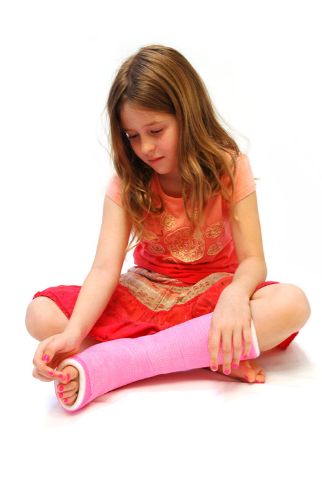Escape rooms and scavenger hunts are exciting for all ages and you can easily create one with things around your house.These activities aim to get kids thinking critically as they work together to solve the different challenges and escape the room or find the prize within a certain location in the house!
Here are some ideas for creating your own hunt at home.
Clue #1
- I usually start by handing the first clue over to the team on a piece of paper. The eldest reads the clue out loud to everyone and they then move on from there.
- Example of first clue: Blow up a balloon with the next clue inside, so the kids have to find the balloon and pop it to retrieve it.
- “Welcome to your first task! In order to receive your prize, you must follow all the clues and instructions in a certain order. At each clue, you will receive a puzzle piece. Collect all the pieces by solving the clues and at the end, solving the puzzle will reveal where your prize is hidden!
- Your first clue – I am something quite colourful, that floats to the sky, you’ll find me at parties, often up high. Inside me you’ll find the first puzzle piece, along with your next clue, popping me will be a HUGE release.
- Your first clue – I am something quite colourful, that floats to the sky, you’ll find me at parties, often up high. Inside me you’ll find the first puzzle piece, along with your next clue, popping me will be a HUGE release.

Clue #2
- After popping the balloon and retrieving the puzzle piece, make the next clue a movement clue to take the kids to a familiar location or item in the house.
- Example: “Hopping like a kangaroo, you will find your next clue. It is located in a place where we keep all the plates” (have the clue in the kitchen drawer where you keep the plates).
- Example: “Hopping like a kangaroo, you will find your next clue. It is located in a place where we keep all the plates” (have the clue in the kitchen drawer where you keep the plates).
Clue #3
- The next clue I like to make into a fine motor activity!
- Example: Have a box or something wrapped up that requires scissors to open, although the scissors have a lock on them! The kids will need to find the correct key to unlock the scissors in order to open the box and read the next clue!
- “You have found the next clue inside this box, there are so many keys but only one lock! Find the key that opens the scissors, then you can be that one step closer to being the winners!


Clue #4
- Clue number four, I like to make into a movement clue and include someone else in the house. Usually the kids love this and all run to that person, jump on then and try and find the next clue (usually hidden in the person’s pocket)
- Example: “You’ll find the next clue when you find Uncle Pat, he is hiding somewhere near the TV where you have previously sat!”

- Example: “You’ll find the next clue when you find Uncle Pat, he is hiding somewhere near the TV where you have previously sat!”
Final Clue
- The final clue should be a reminder to the kids to complete the puzzle, which will then reveal the location of the prize! I love using paddle pop sticks with a single letter on each one. This will need to be led by a child that can read, or alternatively it can have a picture on it so younger kids can decipher it.
- “You have arrived at the final clue, and you know there is only one thing left to do. You have all the pieces to complete the puzzle, so quickly HUSSLE HUSSLE HUSSLE!”
- “You have arrived at the final clue, and you know there is only one thing left to do. You have all the pieces to complete the puzzle, so quickly HUSSLE HUSSLE HUSSLE!”

There are so many free templates for escape rooms and scavenger hunts of google! So find one that suits your home and the age of your kiddos!



